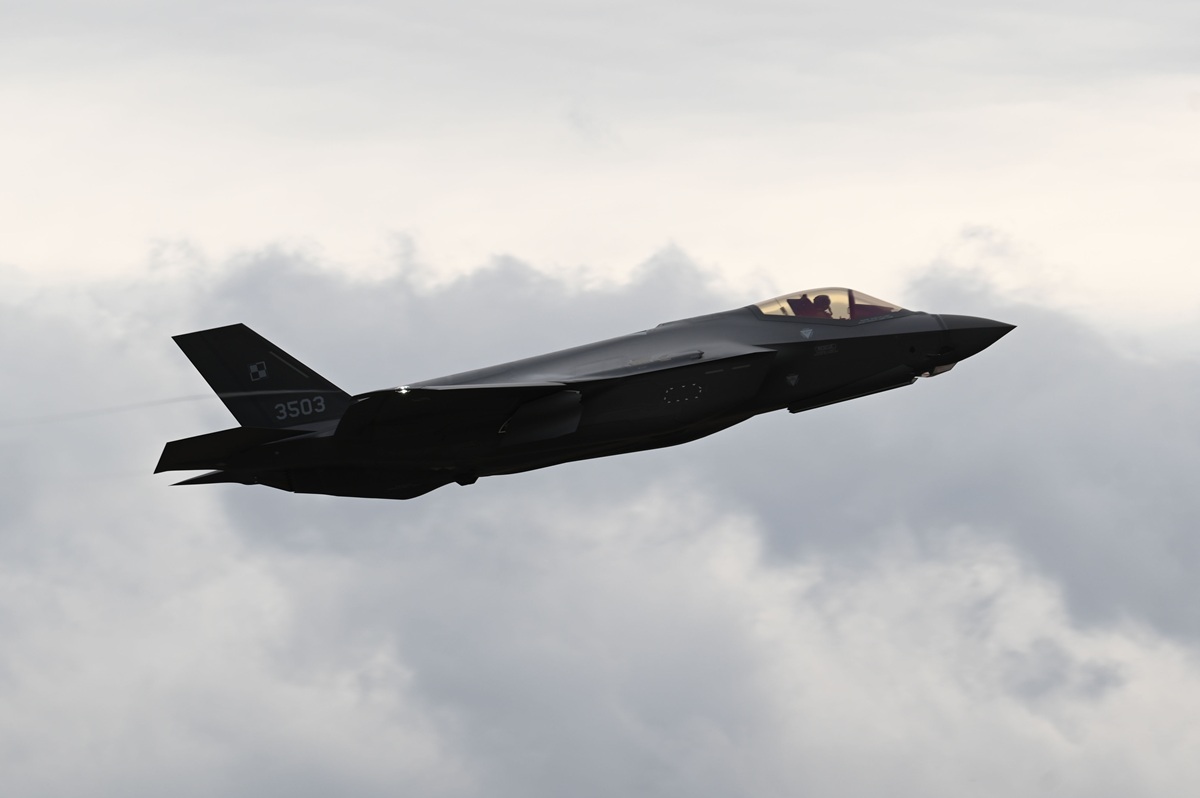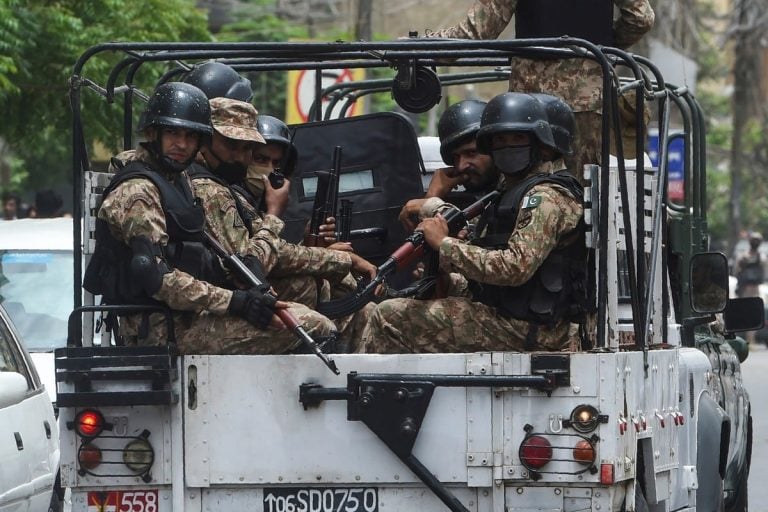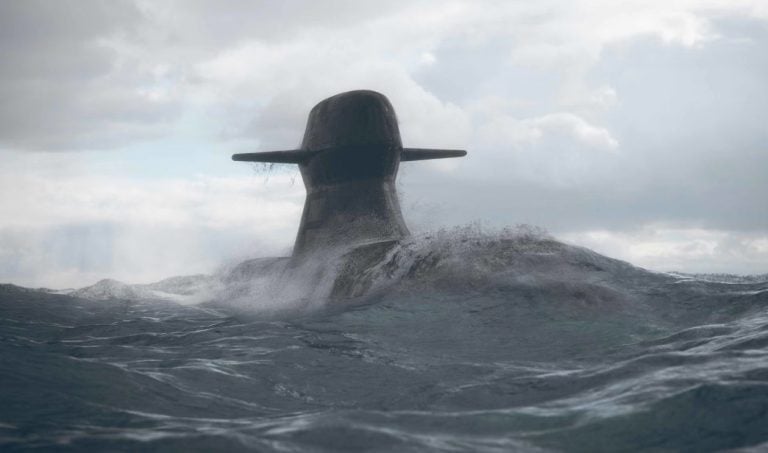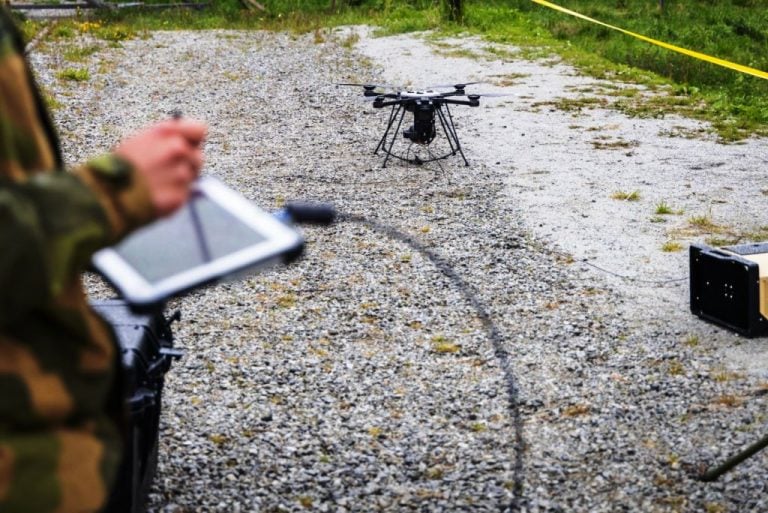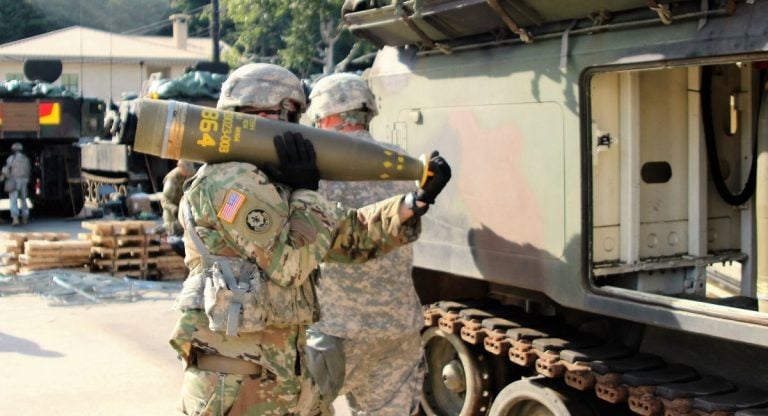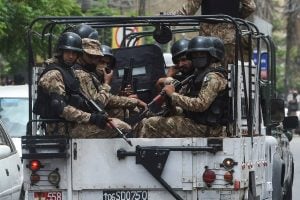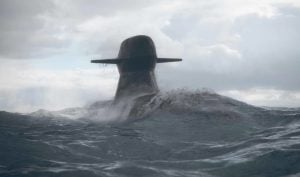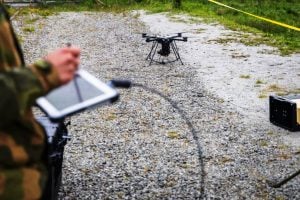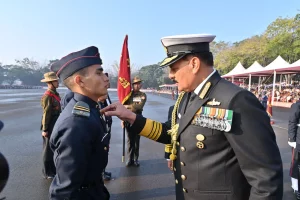A milestone in military aviation was reached as a Polish fighter pilot successfully flew an F-35A Lightning II aircraft for the first time, marking a significant moment at the US Ebbing Air National Guard Base (ANGB) in Fort Smith, Arkansas. This achievement comes after a dedicated training program for F-35 pilots commenced in October of the previous year, facilitated by the US’s 33rd Fighter Wing. The initial deliveries of the advanced fighter jets took place in December, setting the stage for this landmark event.
Colonel Dave Skalicky, commander of the 33rd Fighter Wing, expressed his pride in the progress made, stating, “In this era of strategic competition, we’re committed to equipping our allies with the capabilities they need while also fostering greater interoperability. Having these pilots make their country’s first F-35 flights here in Fort Smith and knowing the teamwork at all levels it took to get us here – it’s an extremely powerful, rewarding feeling.”
The journey to this moment began when Poland sought to enhance its military capabilities, requesting 32 F-35A Lightning II jets from Lockheed Martin as part of a foreign military sale in 2019. This deal, estimated to cost over $6 billion, aims to bolster Poland’s defense amid rising geopolitical tensions in the region. With the initial F-35A, affectionately named “Husarz,” unveiled in August 2024, Poland is poised to become the first operator of the F-35 in Eastern Europe.
In preparation for the arrival of these advanced aircraft, the US Air Force designated the 33rd Fighter Wing to oversee the training operations for foreign pilots at Ebbing ANGB, making Poland the first country to utilize this training site. The Polish Air Force student pilots are expected to complete their training by Spring, with their first batch of fifth-generation fighter jets set to arrive at the 32nd Tactical Air Base in Łask, central Poland, later this year. The remainder of the aircraft deliveries is scheduled to continue through 2030, effectively replacing the aging MiG-29 combat fleet that Poland has been operating, which was originally designed by Russia.
This pivotal development reflects Poland’s commitment to modernizing its military capabilities while enhancing cooperation with NATO allies in an increasingly complex security environment.
